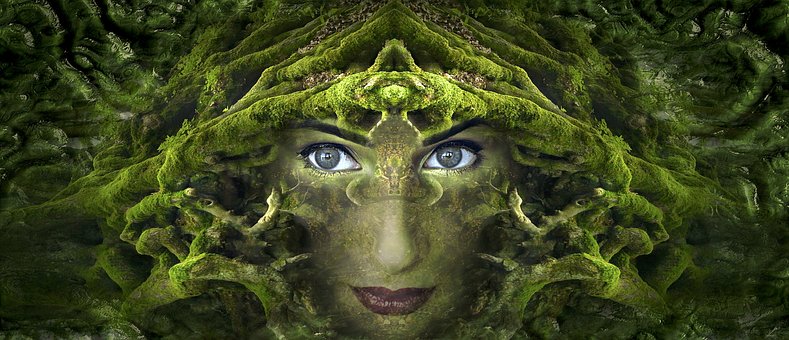The trajectory of the Italian-Argentine artist Lucio Fontanafrom its academic and neoclassical beginnings to its arrival at abstraction and what some understood as a provocation, by tearing or perforating the canvases, is brought together in the new temporary exhibition of the Pompidou Center of Malaga.
You can see from this Thursday a total of 33 drawings, paintings and sculptures by the artistaccompanied by pieces by twenty-two other creators with whom he spoke, such as Giacomo Balla, Wildt, Joppolo, Capogrossi, Burri, Kosice, Yves Klein or Piero Manzoni, among others, almost all belonging to the Pompidou collection in Paris.
“My art has never been controversialbut contemporary, because it is the spatial environment that I have arrived at, as a logical consequence of the development of the art of our time”, wrote Fontana (1899-1968).
The curator, Frederic Paulhighlighted in the presentation that the founder of spatialism was “an artist with a fairly long career, although it has been reduced by many to a gesture, but he was a person with a lot of baggage, who came from the beginning of the century, and in Its beginnings were quite academic before launching into abstraction”.
ANDhe tour of the works is chronologicalan option that “has been imposed naturally”, and also allows the visitor to realize the variety of the Pompidou collection, “which is very rich, with drawings, paintings and sculptures”.
“The collection starts from the iconic Fontana, from after the 40s, and also shows fellow travelers who have worked and have also doubtedlike him, up to modernity”, added the curator.
About him spatialism, has pointed out that it is shown in the exhibition “in a literal way” through works and “also through documents and photographs”. For Paul, the manifestos of spatialism “that are co-signed by Fontana are not very clear, and can hardly be compared, at least on the intellectual level, with other manifestos such as the surrealist”.
In this sense, the curator considers that the manifesto “is a kind of passport of the artist to express his intentions, but he never expresses them as well as through his works”.
At the Malaga exhibition you can see some of his most emblematic workslike the canvases that he came to tear or perforate from 1957.
“My cuts”, Fontana explained, “are above all a philosophical expression, an act of faith in the infinite, an affirmation of the spirituality“.
The Pompidou in Paris will lend Malaga “important” works during its closure
The Pompidou Center in Paris will make exchanges of “very important” works with its headquarters in Malaga during the closure of its building in the French capital to undergo rehabilitation works, its general director, Julie Narbey, assured this Thursday.
Narbey, what has attended the presentation of the temporary exhibition dedicated to Lucio Fontana at the Pompidou Center in Malaga, he explained to journalists’ questions that the works on the Paris headquarters “will begin in 2025”.
It is a “huge building”, so it will take “a long time” to close it and they will begin to organize the removals “to empty it at the end of 2024, after the Olympic Games in Paris.”
The director has highlighted that they consider “important” that the Pompidou Center remains open during the Olympic event to “show the best works” of his collection to those who travel to Paris for that purpose.
He added that they are working on an exchange program “with the different partners” of the Pompidou “throughout the world” and, “of course, the exchanges with the Pompidou Center in Malaga will also be very important.”
The classic Lucio Fontana and the provocateur meet at the Pompidou in Malaga

